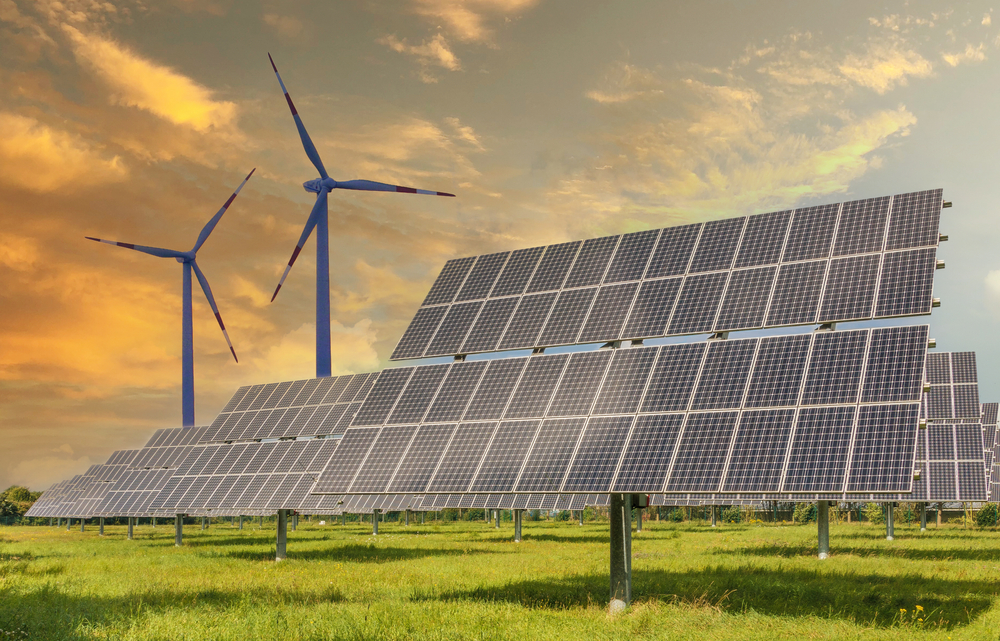Renewable energy surpassed 30 percent of the global electricity supply for the first time, marking a milestone in the planet’s energy shift. This spike in clean electricity, mostly from wind and solar power, represents a watershed point in the move to sustainable energy options.
The ongoing renewable revolution
According to a report by climate ThinkTank Ember, renewables have grown exponentially, from 19 percent of global electricity in 2000 to more than 30 percent last year. Dave Jones, Ember’s head of global analytics, underscores the revolutionary nature of this move, saying, “The renewables future has arrived.”
Solar power shines brilliantly
Solar energy emerges as the MVP in this green revolution, exceeding coal as the dominant driver of electricity growth in 2023. Ember’s study focuses on the remarkable expansion of solar power, which has been the fastest-growing source of electricity for the 19th straight year.
The global perspective: a comprehensive review of electricity data
The comprehensive assessment of global power data includes 80 countries, which account for 92 percent of worldwide electricity demand, and provides insights into the global energy picture. This statistic demonstrates the extensive use of renewable energy solutions across many geographies.
Driving down fossil fuel generation
The growth of clean power has dramatically slowed the use of fossil fuels, with Ember reporting an almost two-thirds decline in fossil fuel generation over the last decade. This trend is forecast to continue, with a two percent decline in worldwide fossil fuel generation predicted for the coming year.
Peak emissions in the power sector
Jones underlines the historical significance of 2023 as a watershed event in the energy transition, with peak emissions in the power sector. While the reduction of power sector emissions is unavoidable, the rate of this transition is dependent on the ongoing expansion of renewable energy initiatives.
Despite great advancements in renewable energy adoption, fossil fuels remain heavily used in a variety of industries, including transportation, heavy manufacturing, and heating. Addressing these difficulties needs coordinated efforts to expedite the transition to cleaner energy sources.
Charting the path forward: The UN’s ambitious targets
World leaders have set lofty goals for renewable energy, intending to generate 60 percent of global electricity from renewable sources by 2030. This ambitious objective agreed upon during the UN’s COP28 climate change summit demonstrates the global commitment to tackling climate change through renewable energy adoption.
Welcoming the future of sustainable energy
The emergence of renewable energy represents a watershed point in the fight against climate change and the transition to a sustainable energy future. As countries step up their efforts to adopt clean energy solutions, the globe is ready to usher in a new era of environmental stewardship and energy resiliency.











